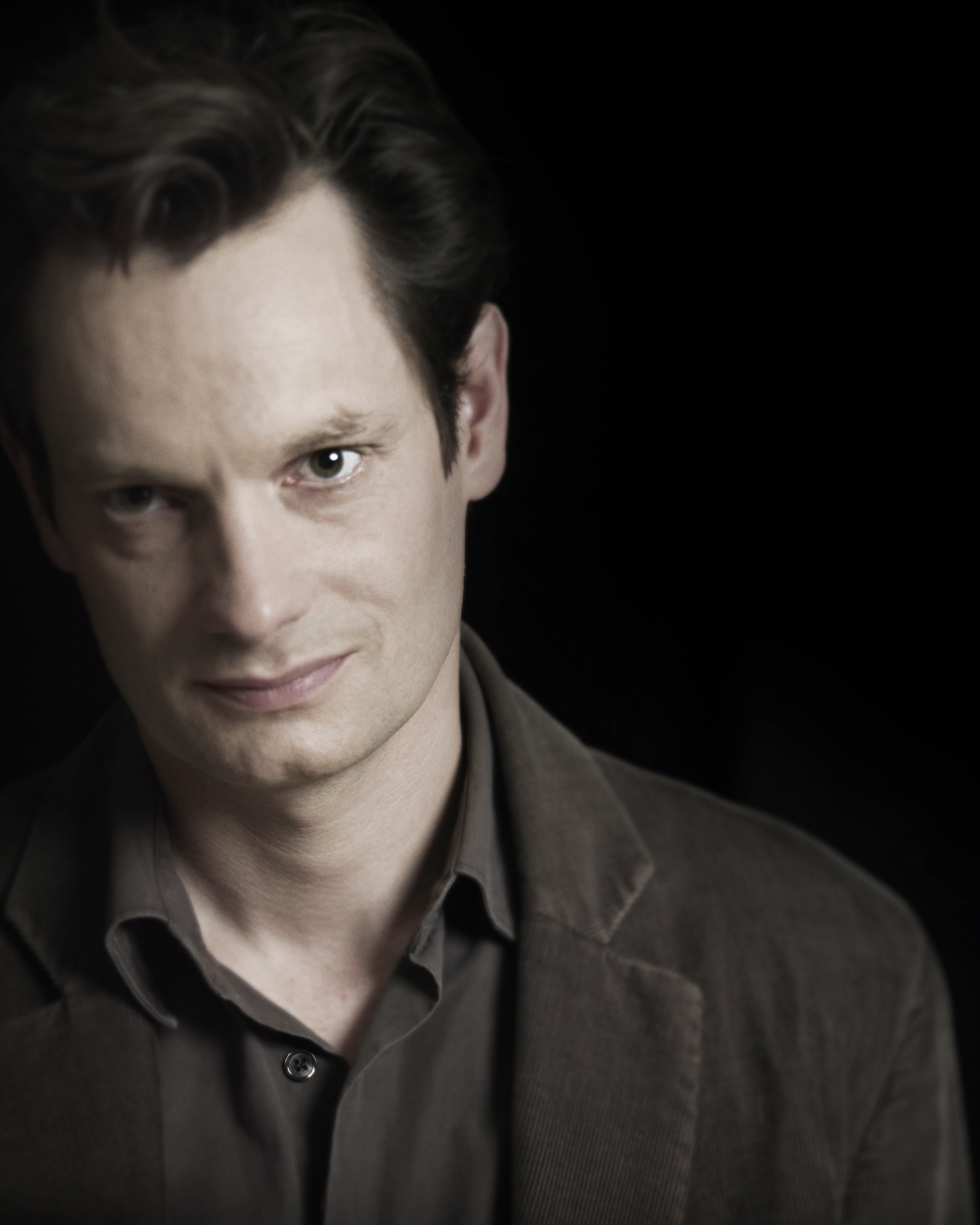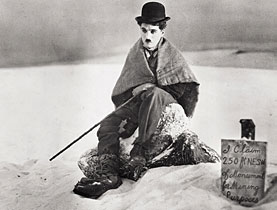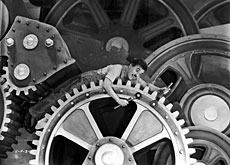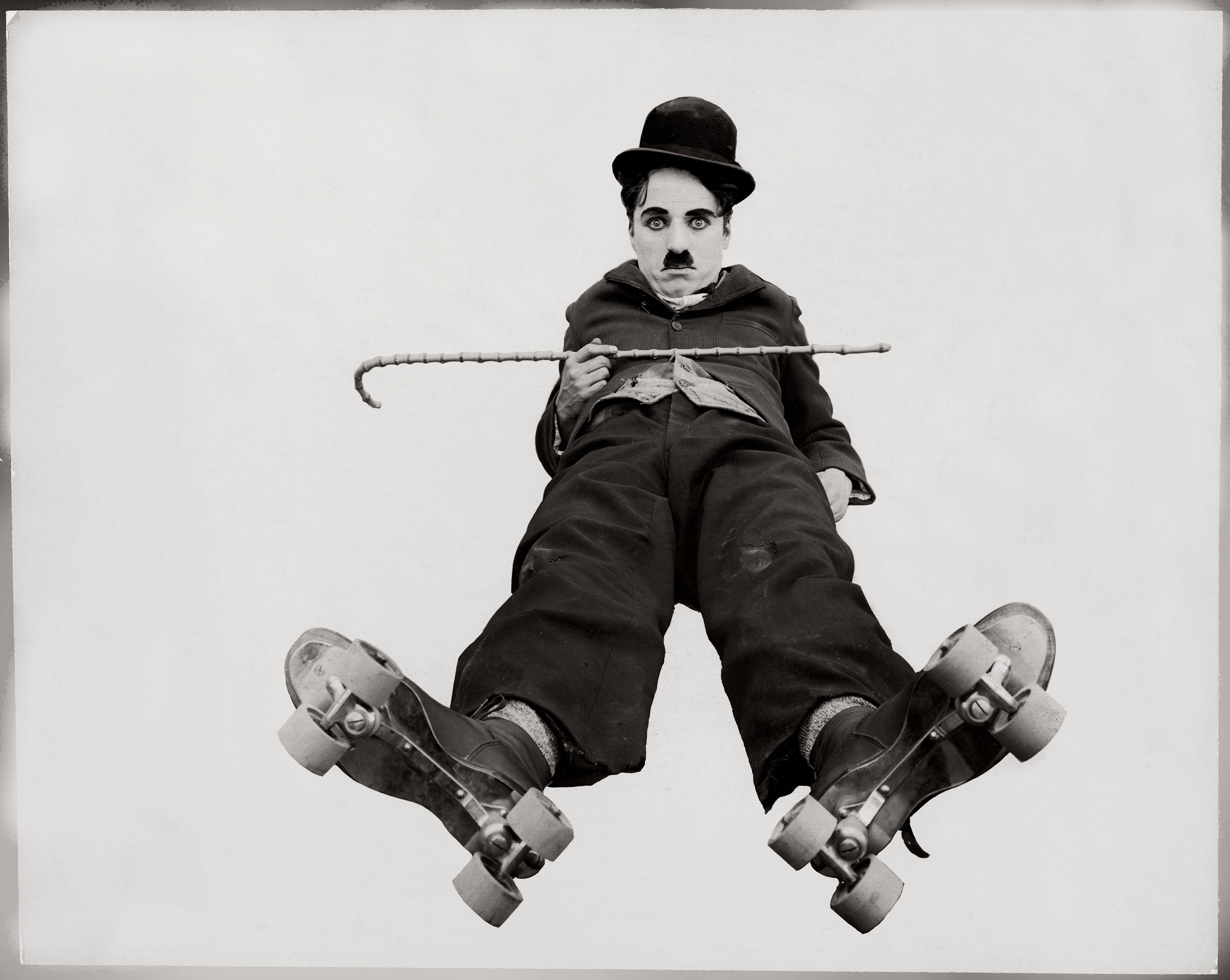Museum receives dream Chaplin archive

With the newly-acquired gift of the 10,000-image Charlie Chaplin photographic archive from the Chaplin family, Lausanne’s Elysée Museum has hit the heritage jackpot.
The new director of the Elysée, Sam Stourdzé, tells swissinfo.ch about the unique opportunities this collection creates for the museum of photography.
The work of Chaplin, the legendary actor and cinematographer, was documented by photographers from the end of the 1910s.
It resulted in 10,000 images and negatives which were first the property of Chaplin and then his family. Now given over to the museum, the material will be the subject of exhibitions, publications and a teaching programme.
Sam Stourdzé, 37, director of the museum since May 2010, could not hide his joy when he announced the treasure trove to the media on Monday.
swissinfo.ch: Chaplin’s paper archives are housed at the Montreux Archives, the films and posters are at the Swiss Film Archive in Lausanne. The future Chaplin Museum will be opened in 2012 in the family home at Corsier-sur-Vevey. And now the photo archive ends up at the Elysée. It’s all concentrated in a small geographical area.
Sam Stourdzé: The presence of Chaplin in the region for 25 years created a certain attachment, so it’s no real accident. It augurs well for the key project of the Chaplin museum, which will be a European reference point. We are going to play the synergies to the full.
swissinfo.ch: It’s also not an accident considering that in 2006 you put together the exhibition Chaplin and his images in Lausanne.
S.S.: Talk about a good alignment of the stars! I do have privileged relations with the family. That combined with the level of excellence of the Elysée Museum and the fact that it is located in Lausanne gave a boost to the family to choose us rather than a big international institution.
It may seem as if the archive just appeared like that but we had to convince them to enter into exclusive negotiations with us and to listen to our suggestions before going elsewhere.
The most difficult thing was afterwards bringing together the partners to assure the financing. Not to acquire the archive, because it were given to us free of charge by the family, but to ensure it gained the exposure it deserved, which was a condition for me.
Everyone played their part, Vaud but also the government and private foundations. All this allowed us to find SFr1 million ($106 million) over three years to realise our projects.
swissinfo.ch: When you arrived at the Elysée Museum last spring you put forward five priority pillars, including boosting the profile of the collections as well as education.
S.S.: We are reinforcing our presence based on what’s in the existing collection. But the arrival of the archive allows us to plan on launching our education project relatively soon through a project called Chaplin in School.
A working group which also includes education leaders is examining ways of bringing Chaplin to schools and transmitting our expertise in understanding images.
swissinfo.ch: So it’s the museum which is going towards the public and not the opposite ?
S.S.: Yes. Of course we will continue to welcome classes at the museum. But we think it’s important to go into schools with a programme which has a longer term effect than an exhibition when it comes to familiarising the young public with our work and with how to read the images.
But it’s also about a socially-oriented desire to reach out to segments of the public that are not in the habit of going to museums and are sometimes shut out of culture.
swissinfo.ch: Why does Chaplin, who died at the beginning of the 1970s, still stay so much in people’s memories?
S.S.: For the past 15 years, a restoration project has been taking place at the Bologna Film Archive in collaboration with MK2 and Warner Brothers and all his films have been rereleased in restored versions, on DVD, and in cinemas over the past few years.
In the history of cinema it is rare for personalities to receive so much attention and to have their entire body of work available 40 years after their death. This has a high heritage value, something which we are now just realising.
swissinfo.ch: Why does Chaplin have such an universal appeal?
S.S.: That’s a big question! Of course he was one of the geniuses of the 20th century, but he was also in the right place at the right time. Coming from a music hall and pantomime tradition, he very quickly seized the potential of cinema, and understood how it could make you ubiquitous and he used his talents there to the full. [This] allowed the invention of a new form of expression through body language that did not need any words and which worked so well that it spoke to everyone.
As he was able to touch the whole world, he enjoyed phenomenal recognition, so much so that Chaplin really was the first cinema star.
Furthermore, what made the difference was that Chaplin very quickly had something to say and there was a social, not political, dimension to his work (father-son relations, the gulf between workers and the idle bourgeoisie, the relation between man and machine). The crowning achievement of his career with The Dictator which already pointed in 1938 to something about which the whole world was maintaining a silence – the dictator who would terrorise the world in 1940.
Born in Paris in 1974, Stourdzé studied economics and history of art at Paris-Sorbonne IV University, before perfecting his English in California where he discovered a passion for photography.
Before reaching 25 he had already started putting on exhibitions independently. Among his shows are: a retrospective of Dorothea Lange in 1998, Chaplin and his images at the Elysée in 2006, and Fellini, the big parade in 2010 at Jeu de Paume in Paris – which will also be presented in Lausanne in June 2011.
He has been director of the Elysée Museum in Lausanne since May 2010.
Several on set photographers documented the filming of each Chaplin film at the request of Chaplin Studios since the end of the 1910s. The 10,000 images and negatives include two portraits of Chaplin by Edward Steichen.
The archive also includes the Keystone album (1914), from the name of Chaplin’s production studio in its early days – a collection of 750 photos covering Chaplin’s first 35 films.
These photos have been handed over free of charge, but the museum has nevertheless collected more than SFr1 million from the Federal Culture Office and various foundations. The canton has announced an exceptional support of SFr300,000 for three years.
The money will go towards the conservation and promotion of the Chaplin archive and the Elysée Museum has announced other Chaplin exhibitions, as well as publications.
To celebrate the arrival of the archive, the Elysée Museum, in partnership with the Swiss Film Archive, is organising a large public screening of one of Charlie Chaplins’ masterpieces, The Kid (1921) on February 9 in the Capitole Cinema in Lausanne.
The screening will be free of charge and will be attended by three of Charlie Chaplin’s children, four of his grandchildren and great-grandchildren.
(Translated from French by Clare O’Dea)

In compliance with the JTI standards
More: SWI swissinfo.ch certified by the Journalism Trust Initiative



You can find an overview of ongoing debates with our journalists here. Please join us!
If you want to start a conversation about a topic raised in this article or want to report factual errors, email us at english@swissinfo.ch.